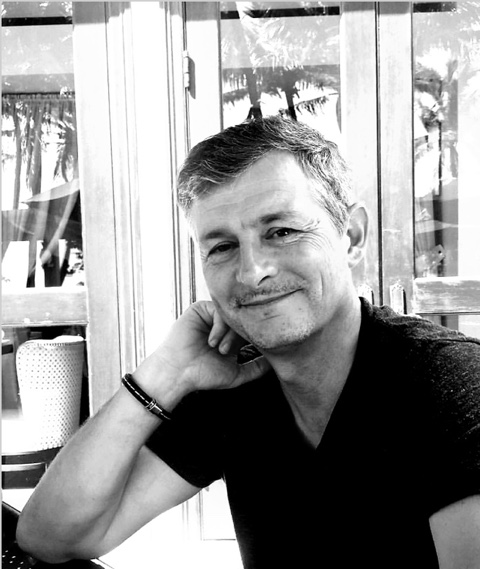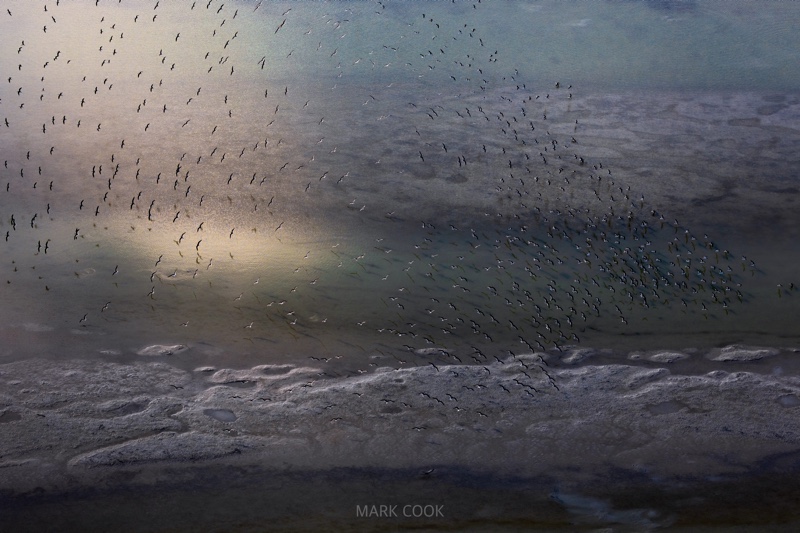Audubon Everglades Presents
“When Flows Returned to the River of Grass”
Presented by Dr. Mr. Cook
Tuesday, January 4, 2022 at 7PM
Zoom-Hosted Presentation (advance registration required)
6:45-7:00PM Social time with fellow members and presenters
Dr. Cook will discuss some of the incredible ecological responses that occurred in 2021 as a result of the flows that returned to the southern Everglades and Florida Bay. He will report on the exceptional wading bird nesting year across the Everglades, why it happened, and the relevance of these responses to wading bird conservation and restoration. He will then take us on a visual journey with a selection of photos and videos taken during his scientific aerial surveys. In Mark’s stunning images we will witness the return of massive flocks of foraging water birds, see huge nesting colonies of storks and ibises, and marvel at the abundance of healthy predators set within expansive watery landscapes.
Dr. Mark Cook is a British born avian ecologist and restoration scientist who has studied bird behavior and conservation ecology for over 23 years. He holds a BSc Honors degree in Marine Zoology from the University of Bangor, Wales, an MSc in Ecology from Durham University, England, and a PhD from Glasgow University, Scotland, where he specialized on life-history and breeding strategies of arctic seabirds. After his PhD he spent four years as a post-doctoral researcher at the University of California, Berkeley studying breeding strategies of Neotropical passerines. His scientific research has broadly investigated the ecology and evolution of bird behavior and how it relates to environmental conditions. This work involved studying species as diverse as wading birds and waterfowl in the Everglades, songbirds in the rainforests of Puerto Rico and Spain, parakeets in the Llanos of Venezuela, seabirds (guillemots and puffins) on uninhabited islands off Scotland and northern California, and general conservation work in Tanzania.
Mark is currently the Section Leader of the Systemwide Everglades Research Group in the Applied Sciences Bureau of the South Florida Water Management District. Here he is responsible for leading a multi-disciplinary team of scientists and providing the scientific foundation for the management and restoration of freshwater flows to the Everglades and Florida Bay. For the past 16 years, Mark’s research has focused on the restoration and management of birds and aquatic fauna in the Everglades and Florida Bay. It involves understanding the relationships among avian reproduction (storks, herons, ibises and spoonbills), aquatic prey availability (fish, crayfish and apple snails) and wetland hydrologic conditions, as well as the potential impacts of non-native plant and animal species. His latest research also investigates the role of wildlife in wetland nutrient cycling. Mark has published over 50 manuscripts, book chapters and reports on the ecology of birds, fishes, crayfish and the effects of non-native animal species. He is the editor of the widely reported annual South Florida Wading Bird Report.
Mark is involved in multiple professional and technical advisory committees. He is an active member of the Florida Flamingo and Wood Stork working groups where he helps guide the management and conservation of these rare species. He is also the lead scientist and research coordinator for the wildlife research program at the Loxahatchee Impoundment Landscape Assessment (LILA) facility, a 30-ha physical model system of the Everglades used for multidisciplinary studies of its ecology. Mark is a graduate committee member for multiple graduate students. He sits on the science advisor board of the Audubon Society of the Everglades.
Photography
As Mark’s career developed, he began to see the critical importance of visual communication, especially photography, in his work. What initially started as documentary evidence to support his scientific work soon blossomed into an artistic passion to highlight the wonder and beauty of the swamp. With his unique understanding of animal ecology and behavior, and with access to some of the wildest corners of South Florida, Mark uses his photography and other forms of communication to educate and inspire a much greater appreciation of our natural heritage to encourage its conservation. His scientific images have been published in newspapers, magazines and scientific journals. He has exhibited at galleries, and has won awards in international competitions. Mark regularly communicates his scientific work and images to the public through workshops, presentations, and media events.



Comments are closed